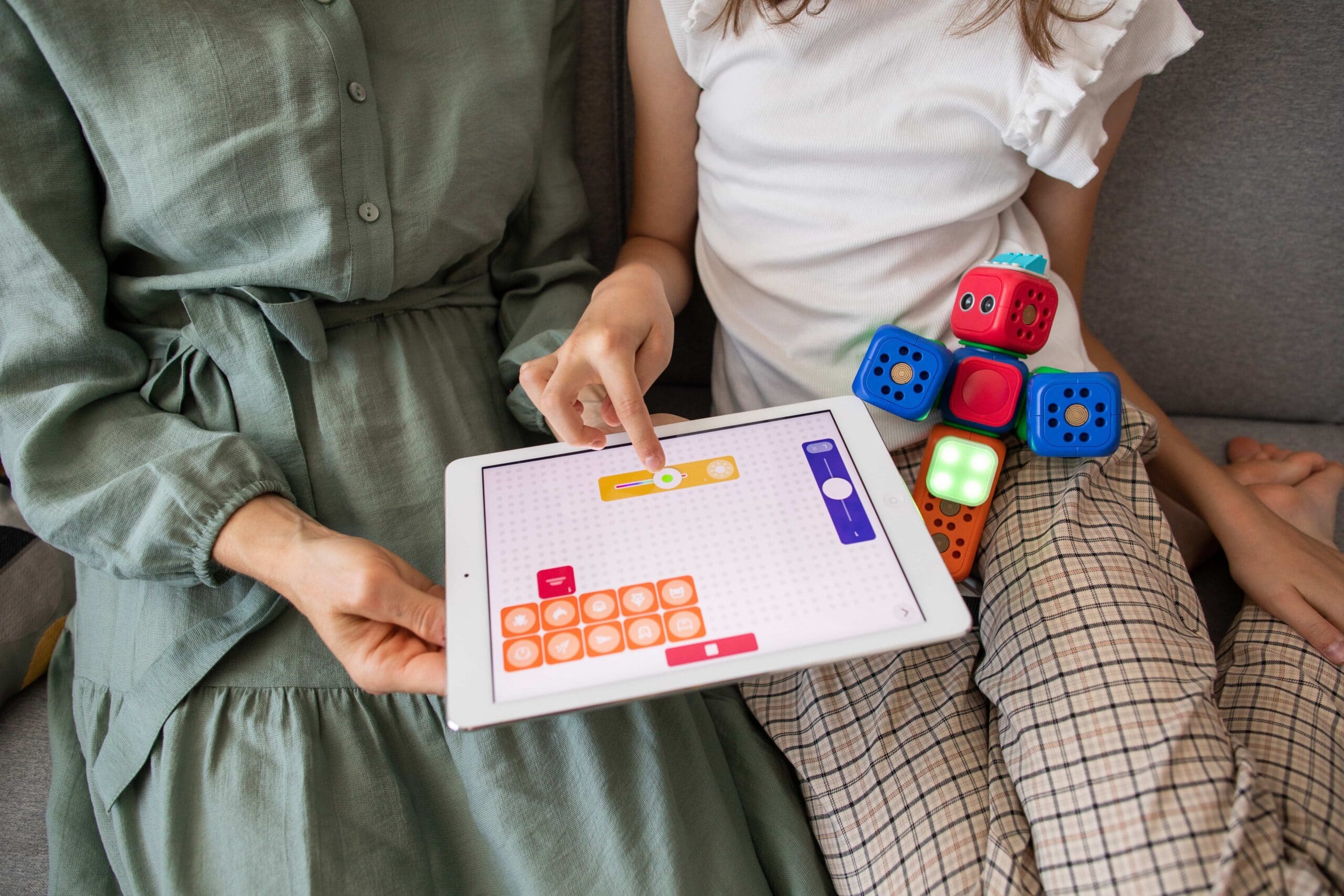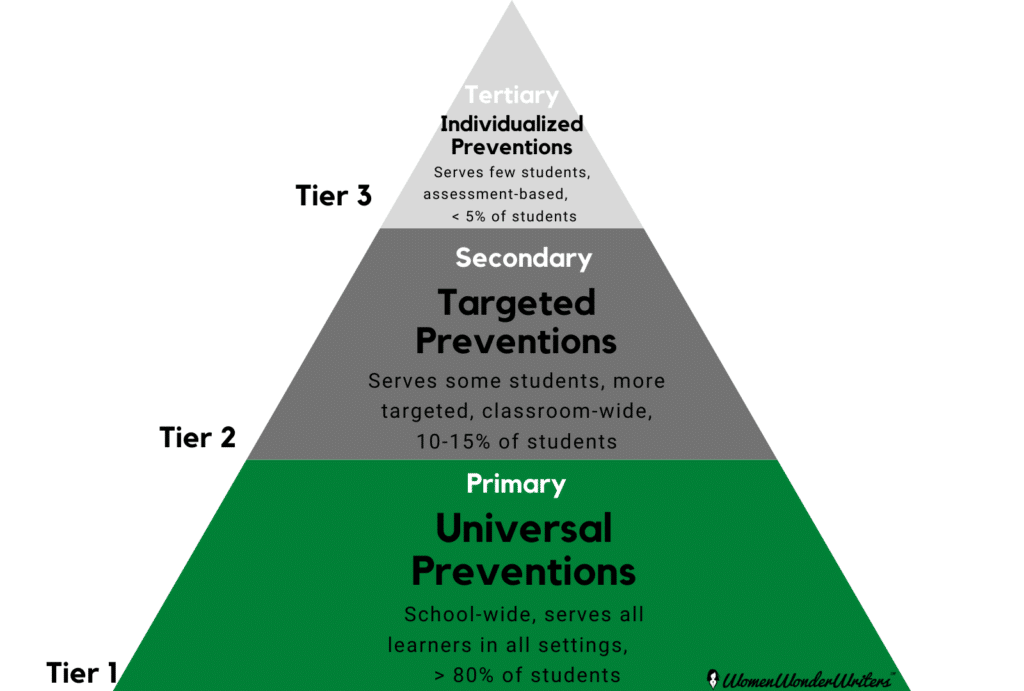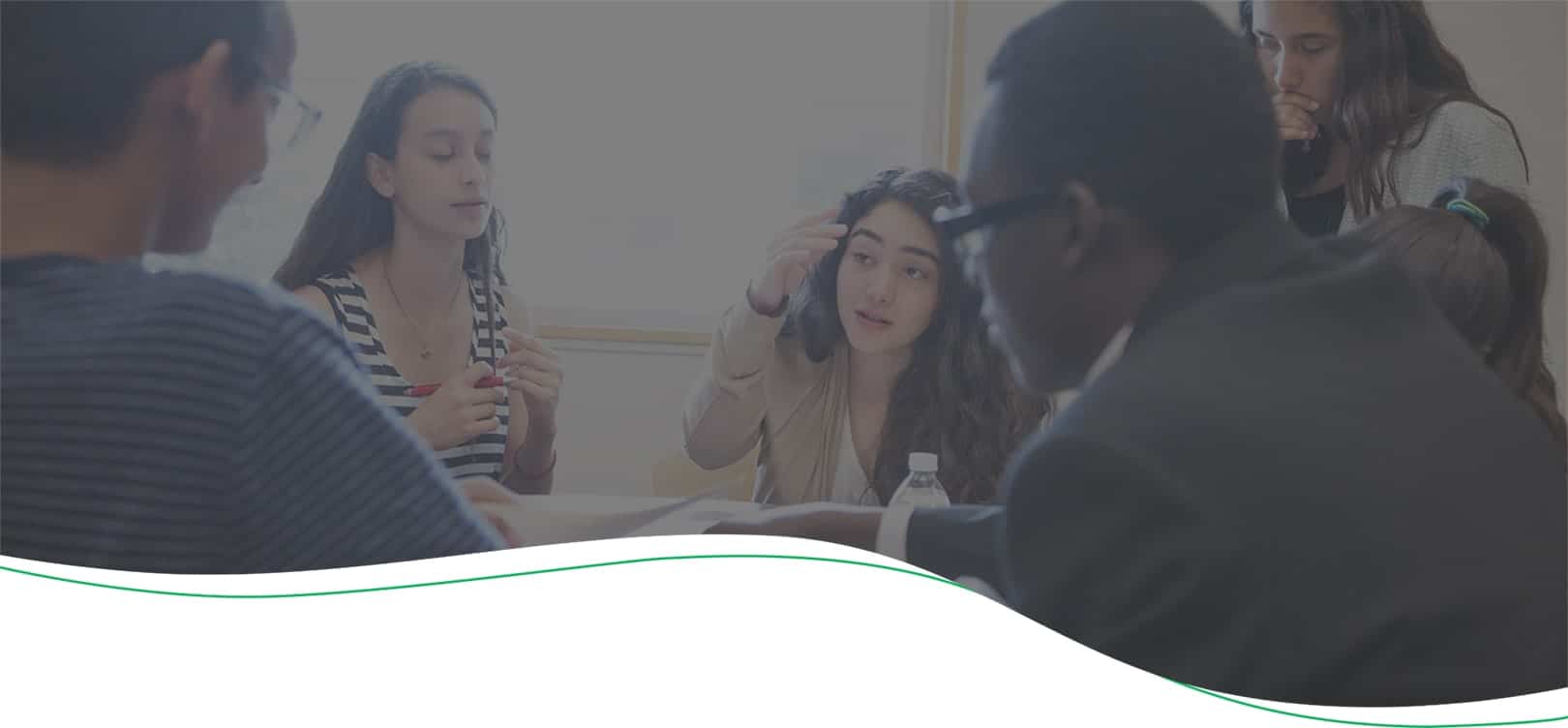
28 Jan What is PBIS? A New Kind of Culture not Curriculum
Social-emotional learning and positive behavior strategies are becoming more mainstream in school districts around the country. And for good reason. The ineffectiveness and long-lasting negative outcomes of “zero tolerance” policies are proving detrimental and completely illogical, especially for children experiencing any kind of trauma—small or large. Let’s look to a framework that prioritizes support over punishment, while also encouraging personal accountability. This support framework is called PBIS. So what is PBIS? Let’s jump in.
Define PBIS
What’s PBIS and what does it stand for?
When a student struggles in school, a variety of factors are typically at play. And the majority of the time, punishment doesn’t resolve the core issue. That’s where PBIS comes in.
Watch: What is PBIS and what do these support systems look like?
PBIS stands for Positive Behavioral Interventions Support, and it helps students, (and staff), learn life skills to overcome challenges and gain success. When implemented well and over a long period of time, PBIS can have long-lasting beneficial effects on school and work climates.
PBIS Definition
What is PBIS?
Positive Behavioral Interventions Support or PBIS is a proactive approach to improve student outcomes by supporting students with positive preventative behavior rather than punishment. For educators, it is not a curriculum to learn and teach but instead, a commitment to establishing behavioral and cultural supports needed for any student to achieve academic and emotional success.
PBIS is a three-tiered framework that supports students in multiple ways. When implemented effectively, students experience greater academic success, schools experience less of a need for exclusionary practices like suspension or expulsion, and teachers and staff often feel more effective.
Each tier reflects a particular system of support that in unison operate to improve student outcomes across every aspect of their lives.
What are the PBIS tiers:
- Tier 1 – “Primary Tier”- PBIS focuses attention on creating and maintaining school-wide support.
- Tier 2 – “Secondary Tier”- PBIS focuses attention on creating and maintaining classroom level support.
- Tier 3 – “Tertiary Tier” – PBIS focuses attention on creating and maintaining individual systems of support.
PBIS is an evidence-based framework to support every kind of student, especially with students experiencing disabilities. The three-tiered framework seeks to service and support any and all learners.
PBIS Tiers of Implementation
Learning the PBIS triangle
It’s common that school PBIS programs implement all three tiers of support to meet the need for their school. These tiers or the PBIS triangle, is separate like this:

Tier 1 – Majority of Students
The first tier is the primary tier, or sometimes called the Universal Preventions/Interventions tier. This is a universal, schoolwide system for nearly everyone in that school. This level usually implements basic behavior expectations like being respectful, walking in a line, not running, throwing out trash in the cafeteria, etc. At this level, classroom behavioral expectations are set to align with school-wide expectations. There is a set of procedures for fostering positive behavior, as well as a set of procedures for discouraging negative behavior. There are also measures in place that establish a school to family kind of alliance.
What’s needed for tier 1?
Regular meetings with a long-standing leadership team, professional development plans, and continuously researching and using data to make better decisions.
Tier 2 – Some Students
The second tier of Positive Behavioral Interventions Support serves about 10-15% of a school’s student population. It’s much more targeted for those students who may experience underlying issues that cause disruptive behavior. These students could be suffering from social and emotional issues, even familial problems.
This tier seeks to find why the behavior might be happening to fully support the emotional, social, physical and academic well-being of the student. It seeks to prevent behavior problems from worsening. Group support is often used at this level. There is an increase in adult supervision and increased access to academic and social skills support. There are many key practices of tier 2, but what’s needed to implement it?
What’s needed for tier 2?
The foundational elements require a coordinator leading an intervention team, screening for each student, behavioral expert knowledge, and continuously collecting outcome data.
Tier 3 – Only a Few Students
The tertiary level or third tier of PBIS is the most individualized level of support. It provides intensive support for the few students who need it. It supports and services recurring behavioral issues.
Practices include one-on-one support with typically less than 5% needing Tier 3.
What’s needed for tier 3?
Essentially, this tier includes the same type of intervention team with behavioral expertise as tier 2. For one-on-one support, school psychologists often play a role.
What is PBIS in Schools?
How does PBIS in education work?
It’s important to remember that a child’s behavior is essentially a form of communication. Rather than seeing the behavior as something that needs reprimanding, most often, a negative behavior provides great insight into what the child needs.
In schools, PBIS is implemented with the tiers above, but what does it actually look like in the classroom?
PBIS Examples
Let’s say a student throws a spitball, or maybe, starts a food fight in the cafeteria. In the past, the most common practice would be to send that student to the principal’s office to suffer some kind of consequence or punishment. And while understanding consequences is a fact of life, harsher punishments instead of encouraging a different behavior is shown to be ineffective, and even harmful. Punishing a student and just expecting them to behave differently next time doesn’t tend to solve why the student acted out in the first place.
Again, behavior is a form of communication. Maybe this student wasn’t getting enough attention at home. Or maybe they were trying to impress someone. PBIS allows the teacher to address this in a positive way, so the behavior stops for good.
And this could come in a variety of ways. The teacher could be sure to acknowledge that student a bit more, or encourage more participation from them. The school could even provide a peer mentor. Regardless of the practice, the foundation is the same—positive reinforcement to prevent behavior problems, over punishment.
PBIS Rewards
Know the PBIS misconceptions…
Keep in mind, PBIS is not anti-discipline. It does not seek to enable or “baby” the student, but it does acknowledge that harsh punishments are often ineffective compared to positive reinforcement.
It also doesn’t use bribery for good behavior. If implemented with discernment, compassion, and attention, it can reward students by teaching them how to self-manage their own behavior over time. If an educator chooses to reward positive behavior but is simultaneously refraining from reactionary punishment practices, a healthier school climate emerges.
PBIS is not a curriculum; it is a commitment to changing how we treat and care for our children.
Conclusions
Wrapping up
PBIS helps get to the root of a student’s problem and can eliminate the need for harsh policies that are virtually ineffective.
Zero tolerance policies do little for a student’s self-esteem and accountability, and often make it more difficult for the student to overcome the new obstacles they face from missing school due to suspension or expulsion. Youth who are suspended or expelled are three times more likely to be incarcerated the following year. We must be better for our students!
In the classrooms of The Write of Your L!fe, or even in our Youth Court programs, we serve hundreds of students who have experienced trauma and/or have been faced with incarceration. Implementing support systems is built into our group mentoring workshops. In schools, PBIS should be the bare minimum.


